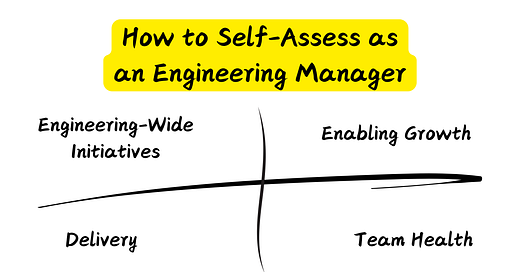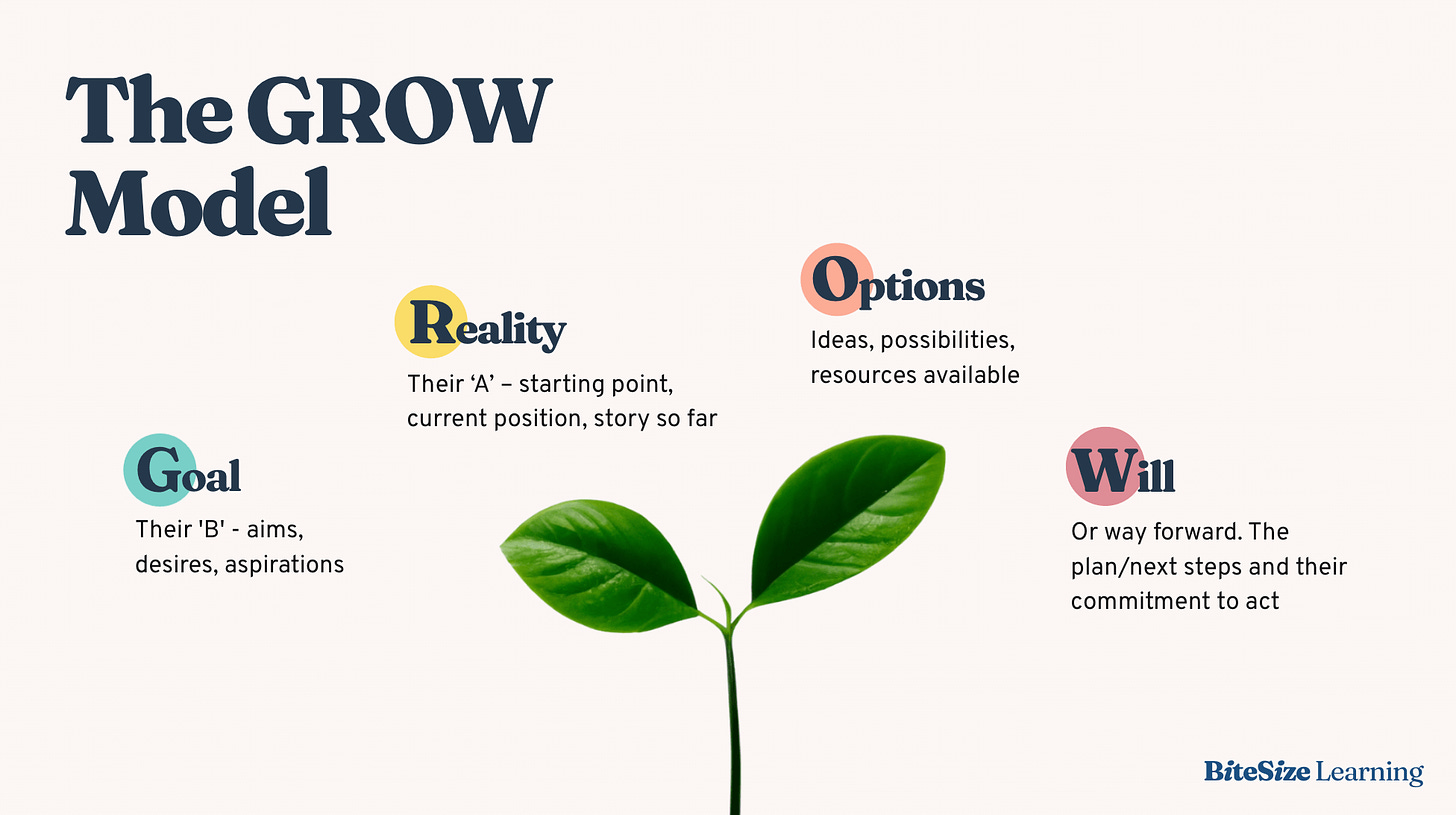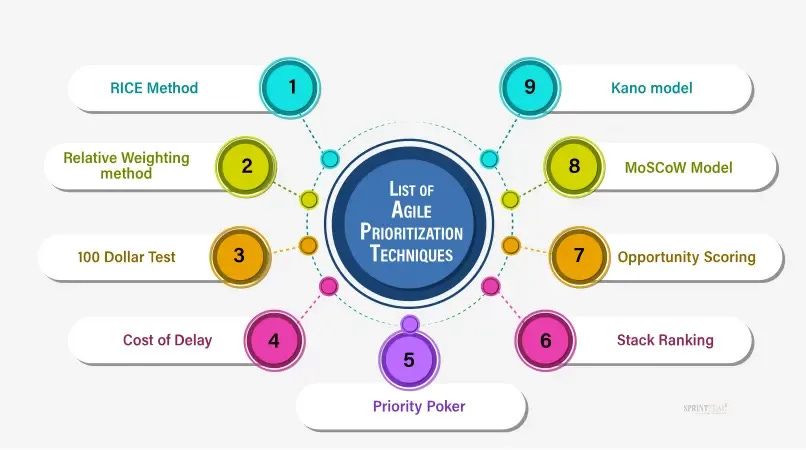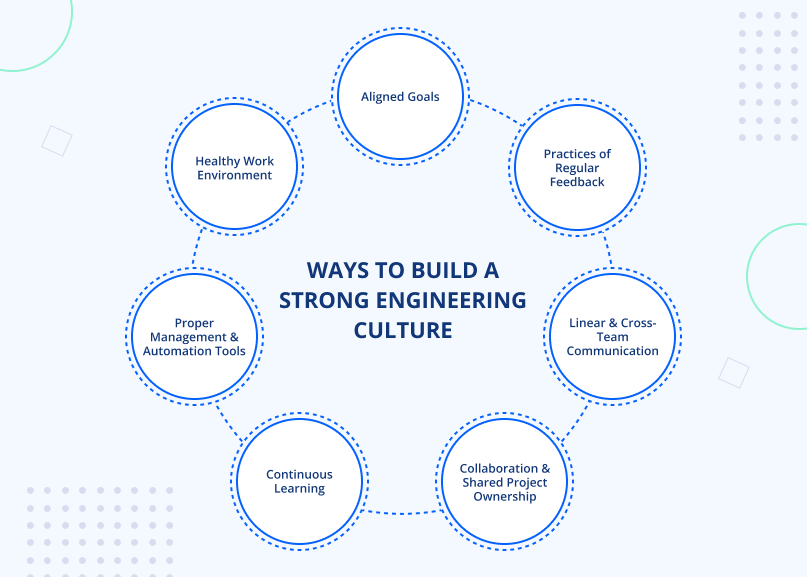How to Self-Assess as an Engineering Manager
A practical guide to evaluating your leadership impact, team health, and areas for growth.
Most engineering managers are familiar with performance reviews. Yet, it's much harder to pause and do a thorough, honest self-assessment. You might wonder "How do I measure my leadership skills?" and “How do I know if I am performing well as a manager?”. These questions are challenging to answer because they require insight, reflection, and intentionality.
In this post, I explain how I assess my performance as an engineering manager. I hope my approach helps you evaluate your work meaningfully and set a path for continuous improvement.
1. Team Health and Culture
A strong indicator of an effective engineering manager is the health and culture of their team. But assessing these nuanced qualities isn’t just evaluating if people are "getting along", but seeing alignment, psychological safety, and motivation.
Key Indicators:
Psychological Safety:
"Do my team members feel comfortable raising concerns or challenging ideas?". Teams that are psychologically safe are willing to take risks without fearing retribution or embarrassment. This safety often reflects the manager’s attitude toward mistakes and innovation.
Engagement and Motivation Levels:
Engaged teams are visibly invested in their work. Low motivation may be hard to spot, so watch for signs like minimal interaction during meetings, high absenteeism, or quiet quitting behaviours. If engagement is lacking, examine your approach to communicating purpose, setting goals, and celebrating wins.
Alignment with Core Values:
Reflect on whether your team members share a common sense of purpose. Are they aligned with the organization’s vision and goals? Managers play a significant role in translating abstract company goals into something meaningful for the team. This alignment fosters enthusiasm and sustained productivity.
How to Measure:
Monthly Health Pulse Surveys: A pulse survey can gauge overall sentiment. For example, use questions, like “How heard do you feel during team discussions?” or “How would you rate our team’s collaboration?” and look out for changes that appear month after month to discuss with the team.
Tip: Use a 1-4 rating scale to eliminate the "middle" option, encouraging more thoughtful answers
Observe Interactions: Watch how your team communicates during meetings and one-on-ones. Look for indicators of comfort and openness.
Gather Feedback from Peers and Stakeholders: Reach out to product or delivery managers to understand how they perceive your team’s morale and performance.
2. Enabling Growth
Your ability to support your team’s growth is a critical part of your role. A strong engineering manager invests time in developing team members’ technical and people (soft) skills, ensuring they feel challenged and fulfilled.
Key Indicators:
Frequency and Quality of Feedback:
Effective feedback isn’t just for performance reviews. It should be part of ongoing conversations. Reflect on the feedback you provide. Does it address areas for improvement and acknowledge strengths? Are you giving constructive feedback, or does it get sidelined by task-related discussions?
Opportunities for Development:
Consider whether you’re actively helping team members find growth opportunities, such as working on challenging projects, leading an initiative, or exploring new technical domains. Growth is one of the most valuable things you can offer as a manager; your team should be steadily advancing in skills and confidence.
Encouragement of Self-Learning:
Do you encourage self-directed learning, perhaps by suggesting relevant courses, conferences, or books? Engineers often appreciate a manager who champions continuous improvement. Assess if you’re making resources available and advocating for self-learning time.
How to Measure:
Track Career Progressions: Look at how many team members have taken on increased responsibilities, or expressed growth in skills.
Extended 1-1s: Once per month, set aside time for an extended 1-1 to have a deeper conversation on what career progression looks like and how you can support their development.
Document Feedback Moments: Keep notes on the feedback you give each team member, which will help you spot patterns and areas where you may be neglecting development advice.
3. Prioritization and Delivery
Prioritization and delivery are at the core of an engineering manager’s role, requiring a balance between strategic vision and effective execution. This involves setting meaningful priorities that align with broader organizational goals, ensuring the team stays focused and engaged.
Key Indicators to Review:
Strategic Alignment: Reflect on how well your team’s projects support company objectives. Are you able to articulate how each project fits into the bigger picture? Teams perform best when they understand not just what they’re building but why it matters. Ensuring that priorities align with both team strengths and business needs can amplify impact and keep your team motivated.
Effective People Allocation: An efficient manager is skilled at allocating time and expertise where they’re most needed, often by balancing short-term wins with long-term sustainability. Consider if your team has the capacity to innovate without compromising on essential maintenance.
Consistency in Delivery: A great engineering manager establishes a delivery cadence that the team can rely on. Consistency shows both the team and stakeholders that the team is reliable and capable of meeting its commitments.
How to Measure:
Team Feedback on Priorities: In regular 1:1s or retrospectives, ask team members if they feel clear on priorities and whether they believe the focus aligns with team goals. Consistent feedback indicating clarity suggests effective prioritization.
Stakeholder Alignment: Periodically check with key stakeholders on how well they feel your team’s work supports strategic objectives. Positive feedback signals that your prioritization resonates beyond the team.
Delivery Consistency: Review how frequently your team meets deadlines without last-minute changes. Consistent on-time delivery reflects strong prioritization and realistic goal-setting.
4. Contribution to Engineering-Wide Initiatives
As an engineering manager, your impact extends beyond your immediate team to include initiatives that benefit the broader engineering organization. Self-assessing this aspect helps highlight your influence on wider engineering goals and collaboration with other leaders.
Key Indicators to Review:
Collaboration with Other Engineering Managers and Directors: Reflect on your participation in engineering-wide initiatives, whether through regular forums, strategy sessions, or project collaborations.
Engineering Initiatives and Best Practice Sharing: Think about your involvement in initiatives that promote best practices across teams. Are you playing a role in areas such as quality standards, development practices, or knowledge sharing?
Cross-Team Project Dependencies and Influence: Review recent projects that required collaboration with other teams. Were you proactive in managing dependencies and facilitating coordination? Are other EMs and leaders seeing you as a strong partner in reaching collective goals?
How to Measure:
Peer Feedback from EMs and Directors: Seek direct feedback from other engineering leaders on your contributions to initiatives.
Outcome Metrics on Initiatives: Assess the tangible results of initiatives you’ve been part of, such as improvements in quality, deployment speed, or process efficiency.
Alignment with Broader Engineering Goals: Regularly review how your work on initiatives aligns with and advances the broader objectives of the engineering organization.
TL;DR
Team Health and Culture: Use monthly pulse surveys, observe team interactions, and gather feedback to gauge psychological safety and engagement.
Enabling Growth: Track career progressions, hold extended 1:1s, and document feedback moments to support team development.
Prioritization and Delivery: Gather feedback on clarity of priorities, check stakeholder alignment, and review delivery consistency to measure effectiveness.
Contribution to Engineering-Wide Initiatives: Seek peer feedback, evaluate initiative outcomes, and ensure alignment with broader engineering goals.
💡 Enjoyed this post? Subscribe for more leadership tips!
🎉 CodeCrafters which helps you become a better Software Engineer using my favourite method! Build your own Redis, Git, Kafka and more from scratch. Use my partner link if you want to get 40% off.
🚀 Check out my Leadership Accelerator program. Let’s set up a free intro call and chat about how I can help you thrive in your role.









